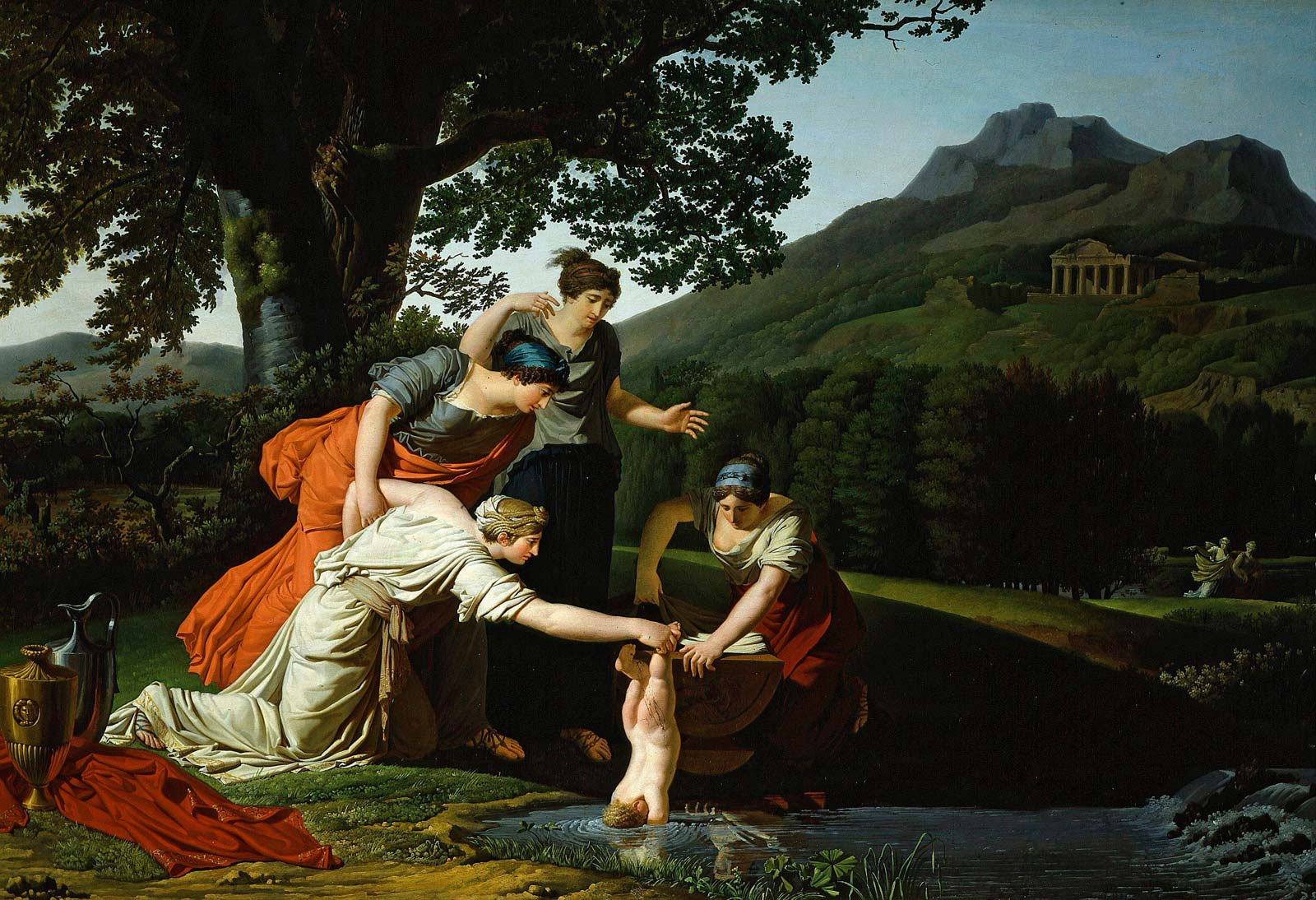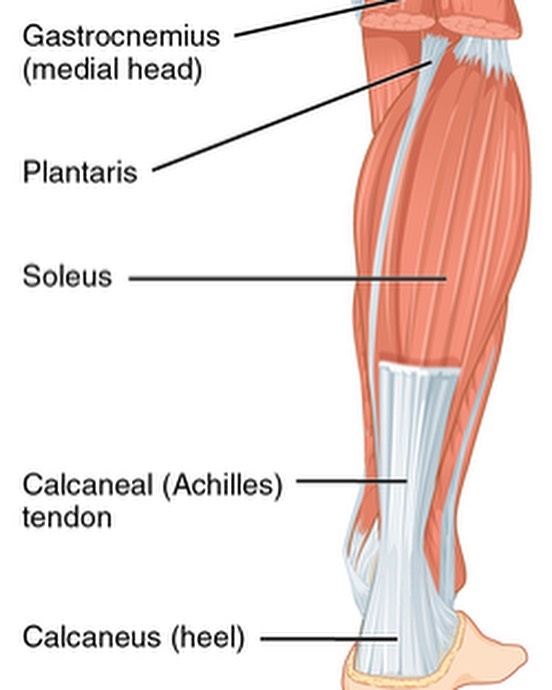In Greek mythology, Achilles was one of the greatest warriors of the army of Agamemnon in the Trojan War. As per the myth, he was brought up by his mother Thetis, who used to dip Achilles in the waters of the River Styx to become invulnerable. However, as she held baby Achilles by the heel, that part of his body was not washed over by the magical river. As Achilles grew up, he became a man of war, surviving several battles, until he was shot one day by a poisoned arrow in his heel, leading to his immediate death.
Whenever I read this story, I ask myself: Is this part of the body really so vulnerable that the Ancient Greeks created a myth about it?

Encyclopedia Britannica: Thetis and Achilles
Shoe blues, remember?
As the weather gets hotter, especially in warm seasons, when you wear heeled sandals, flip-flops, or even functional flats, you often develop a pain followed by a popped blister on your feet. As you get a blister, it becomes difficult to walk, exercise, or even stand for long periods; the pain ruins your day or interferes with your everyday tasks.
Blisters commonly develop on the feet as you put pressure on your heels, which are that parts of the body that lie at the posterior end of each foot. It takes its exterior shape from the calcaneus (heel bone); the largest bone in the foot. (You might be interested to read more about Achilles Tendinitis in Common Sports Injuries.)

The risk of feet blisters increases as you walk or stand for long periods during the day, or wear poorly fitted shoes, because they rub against the skin. This friction builds up fluid underneath the upper layer of the skin. A blister on the foot is really painful, still not a poisoned arrow that kills.
Know Your Feet
There is no magical river to make you invulnerable, but you can simply avoid or treat blisters at home. Several home treatments can relieve pain and lower risks of blisters; most importantly, you should not burst a blister and leave it alone to intact to avoid infection. Once you leave it alone and clean, a blister hardens and disappears within a few days; while a blister heals, you can cover it with an adhesive bandage. However, some blisters could worsen over time, especially when accompanied by other symptoms as severe pain that makes it hard to walk, fever, or nausea; all are signs of an infection that needs doctor treatment.
When it comes to finding proper shoes, remember that your foot and shoe have to move as one unit, and that the friction will cause a blister. Avoid shoe designs with straps over bony areas; instead, search for soft materials that support your foot. You also have to be honest with yourself at the shoe store; it becomes hard to convince yourself to turn shoes you adore down even if they are a bit tight. You have to remember that a slight discomfort at the store will turn into grief after two or three times of wearing them.
After you buy new shoes, wear them at home for a few hours to break them in; this also helps you identify any uncomfortable or painful areas. In case you felt a bit of pain while wearing the shoe at home, you have to put a blister-fighting product on that area. This reduces the friction between the shoe and your skin as blisters have more chances to appear in that irritated area.
You have to avoid the causes of foot moisture by wearing cotton socks; also avoid wearing the same shoes consistently. If you are a sweaty person, you can spray an antiperspirant on your feet; at the end of the day, do not put your shoes in a closet and let them dry out..jpg)
Due to the myth of Achilles, a person’s “Achilles heel” has become a proverbial indication of physical vulnerability or weakness despite overall strength. If you follow all the steps and tricks mentioned here, you can put an end to painful and irritating blisters; thus, creating a new Achilles heel proverb that is indicative of strength, but without any magical rivers.
References
britannica.com
en.wikipedia.org
healthline.com
healthline.com/heel
today.com